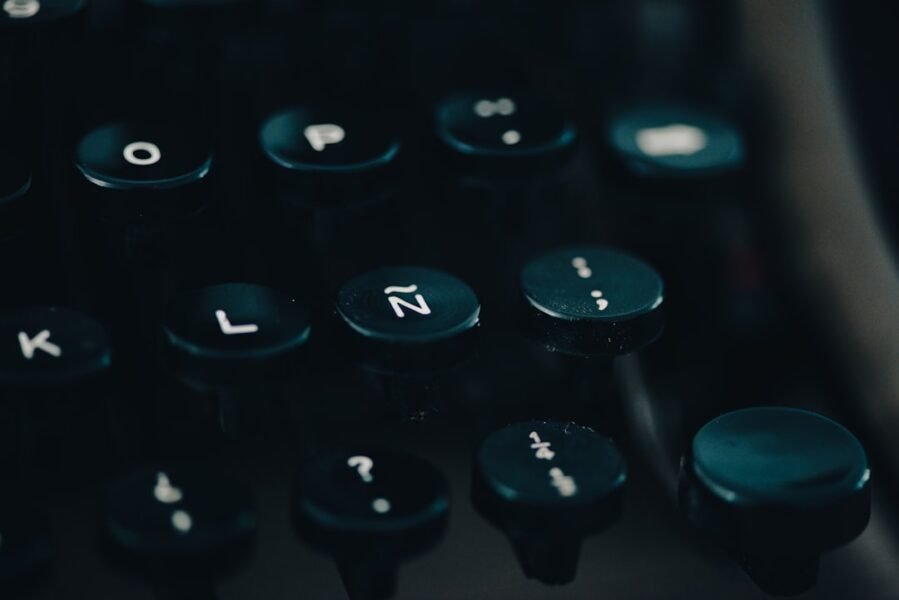Crank Up Your Sci-Fi Stories: 2025 Style
- Kicking Things Off: Why the Future U.S. Is the Ultimate Playground for Sci-Fi
Let’s be real, the future’s always had us hooked. Spaceships, androids, glitchy governments—sci-fi is basically a crystal ball for our wildest dreams (and nightmares). Right now, with 2025 creeping up on us, this genre feels like it’s on steroids. Suddenly, it’s all about America with laser grids and talking toasters, and honestly, who doesn’t want in on that action? The U.S. becomes this playground where you can toss in wild tech, bizarre new rules for society, and see what happens. So, if you dig stories that push boundaries, welcome to the club—this is your jam.
- Sci-Fi in 2025: What’s the Hype?
Alright, sci-fi junkies, buckle up. The 2025 scene is bonkers. We’re talking AI roommates that actually judge your music taste, neon cityscapes that make “Blade Runner” look like a documentary, and, yeah, maybe even a Starbucks on Mars (because why not). Everyone’s mashing up virtual reality with real reality, and the line between “is this a game?” and “am I actually in Cleveland?” gets super blurry. New trends? Think climate-controlled domes, biohacked pets, and social media that reads your mind. It’s a wild ride. Don’t blink, you might miss the next big thing.
- Stuck? Here’s Where to Find Killer Ideas for Futuristic Stories
No clue where to start? Don’t sweat it. Scroll through the latest weird tech headlines, binge-watch NASA livestreams, or, heck, just eavesdrop in a coffee shop and imagine everyone’s a cyborg. Inspiration’s basically everywhere if you’re paying attention. Sometimes, the best ideas come from a random daydream or that one “wait, what if…?” moment while stuck in traffic. Don’t forget, mashing up history with sci-fi is gold—think George Washington with a jetpack. The only real rule: keep your eyes open and your brain on “sponge” mode.
- Characters: Not Just Robots with Cool Names
Ok, enough about gadgets—let’s talk people. Or aliens. Or sentient houseplants, whatever. Point is, readers want to root for someone, even if they’ve got tentacles. The trick? Give ‘em real problems. Maybe your hacker hero’s got trust issues, or your space pilot’s afraid of heights (awkward). Make them messy, conflicted, funny, relatable. Nobody wants another perfect android with zero personality. Give us someone who screws up and tries again. That’s what sticks.
- World-Building: Go Nuts, but Keep It Real (Ish)
World-building’s where you get to show off. Want cities floating above Louisiana? Cool. Underground bunkers in Brooklyn? Sure, why not. Just remember, the best fictional worlds feel like you could actually hop on a flight and visit—if only you had the right anti-grav boots. Mix the everyday with the insane: maybe there’s still traffic jams, but it’s hovercars instead of minivans. Sprinkle in some weird lingo, odd fashion, a few jaw-dropping sights, and you’re set. Oh, and don’t forget the little details. That’s where the magic hides.
- Tips for Sci-Fi Newbies: Don’t Overthink It
Look, writing sci-fi isn’t rocket science (ok, sometimes it is, but whatever). Start with one big, weird “what if?”—like, what if everyone’s memories got uploaded to the cloud? Then, just run with it. Do a bit of homework so your tech isn’t totally bogus, but don’t get lost in the weeds. The heart of your story? People. Make ‘em pop. And seriously, have fun. If you’re not enjoying the mayhem, what’s the point? Go wild. Break stuff. Rebuild it. Welcome to sci-fi.
- Final Thoughts: The Future’s Calling—You In?
So, yeah, that’s the lowdown. The future’s wide open and just begging for new stories—your stories. Grab your laptop, your pen, your voice recorder, whatever, and just start. The only limit is, well, you. Now, go on. Let your freak flag fly. The future’s not gonna write itself.
Unleash Your Weird & Wonderful Side with Microfiction

- So, Why Microfiction?—Tiny Stories, Huge Vibes
Alright, pull up a chair. Microfiction isn’t just some fancy literary trend for people with too much coffee and not enough patience—it’s a legit art form. People’s attention spans these days? Goldfish-level. But hey, that’s exactly why these bite-sized stories hit different. You can squeeze heartbreak, suspense, or a wild plot twist into a hundred words—and still leave someone reeling. U.S. readers especially lap this up; we’re all about instant feels and fast hits. Forget the epic sagas for a sec—let’s see just how much punch you can pack into a single, tiny story. Trust me, it’s addictive.
- “Microfiction”—Wait, What Even Is That?
Okay, picture this: you’re cramming a whole universe into a thimble. That’s microfiction. Every. Single. Word. Has. To. Earn. Its. Place. No room for fluff, no time for wandering metaphors. It’s like writing haiku, but with a plot and maybe a monster or a secret or both. You’re basically a literary ninja—sneak in, strike fast, vanish. Grab your metaphorical nunchucks and let’s play, because this is where storytelling gets wild and weird. Get ready to flex those creative muscles in ways you never thought possible.
- Building Characters When You Barely Have Room to Breathe
Here’s the real magic trick: making readers care about somebody in, like, two sentences. Sounds impossible? Nah. You just gotta be ruthless and clever. Give your character a scar, an obsession, or a killer secret—whatever makes ‘em pop. Sometimes one weird habit or a single sharp line of dialogue will do more than three pages of backstory. These little dudes are the heartbeat of your stories, even if they’re only around for a paragraph. Honestly, it’s kinda exhilarating when you nail it.
- The Secret Sauce: Tips for Killer Microfiction
Alright, here’s where the rubber meets the road. Don’t waste words, not even one. Drop your readers straight into the action. Want to shock them? Go for the twist. Want them to feel something? Hit them right in the feels, fast. Play with structure—sometimes the best stories are told backwards or sideways or with a single shocking reveal. Dialogue? Make it snappy, make it real, make it count. If your story doesn’t leave a bruise (or at least a smirk), trim it again. You got this.
- Why Microfiction Slaps for U.S. Readers
Real talk—folks here have about six million things going on, and nobody’s got time for slow burns. That’s why microfiction is perfect: it’s literary espresso. Quick, potent, sometimes a little bitter. You can devour a whole story on your lunch break or between subway stops. And the best ones? They stick with you way longer than you’d expect. If you want to reach people who crave instant impact, this is your playground.
- Microfiction Legends: Who’s Doing It Right?
Some folks have turned microfiction into pure wizardry. Lydia Davis? She’ll wreck your brain with ten sentences. Etgar Keret? Dude’s stories are like surreal fireworks. Kelly Link spins worlds out of thin air. Stuart Dybek’s stuff—straight up haunting, no lie. These writers prove you don’t need 500 pages to make someone gasp, laugh, or ugly cry. Check them out if you need inspo or just want to see what top-level microfiction looks like.
- Wrap-Up: Go Forth and Write Tiny, Mighty Stories
Look, if you’re not itching to try microfiction by now, I dunno what to tell you. It’s fun, it’s weird, and it’s a serious flex for your writing chops. Don’t be scared to get weird, to experiment, to break some rules. The best stories are the ones that linger after the last word—no matter how tiny they are. So get out there and shake things up, one punchy little tale at a time.

